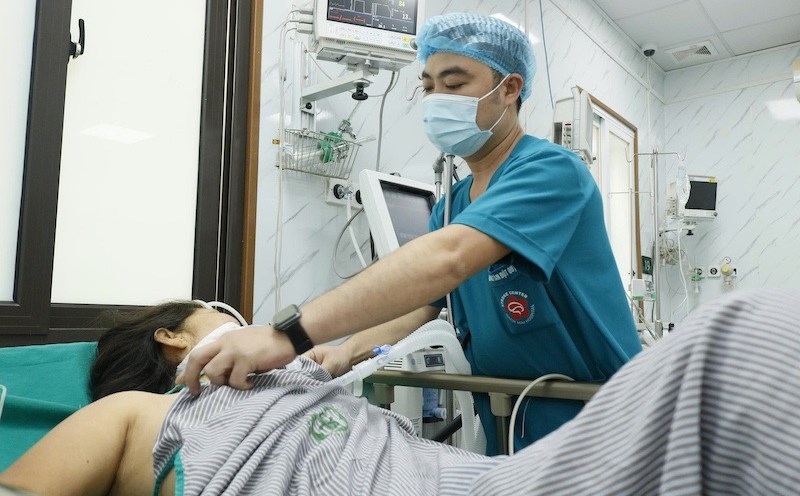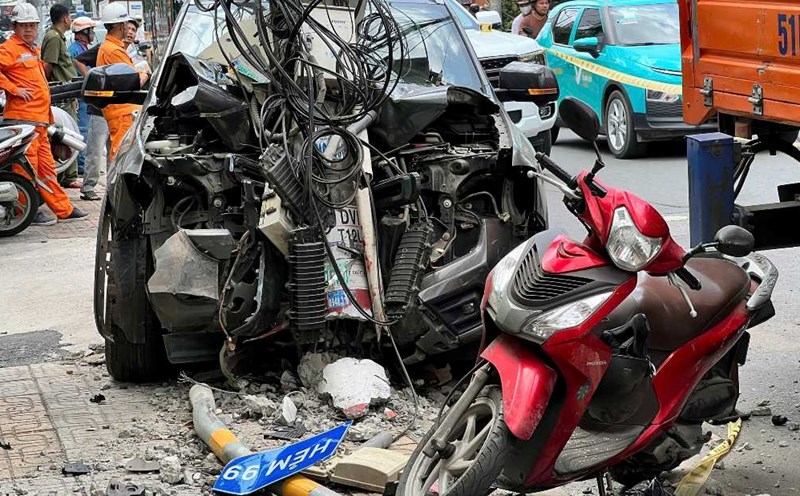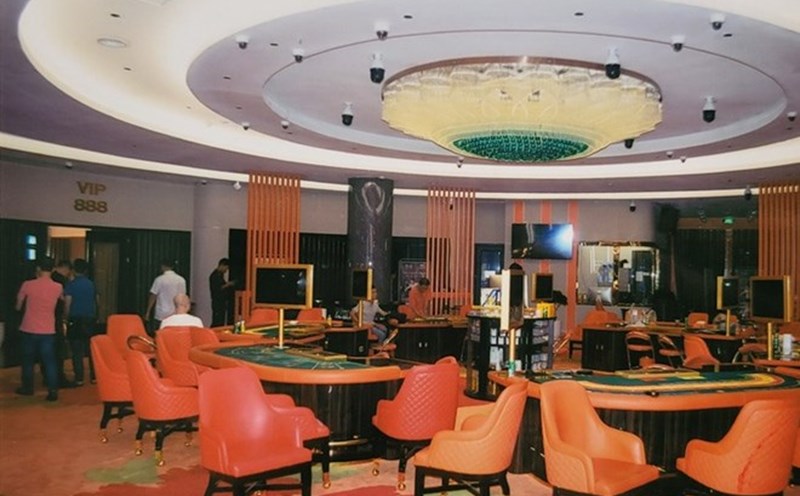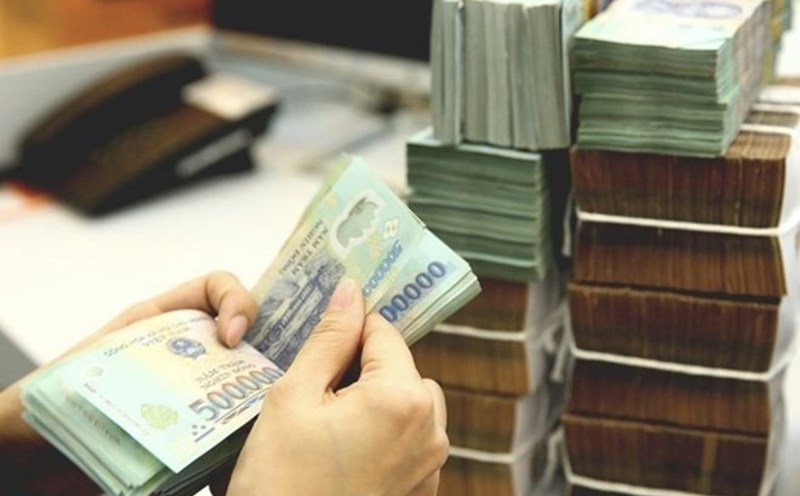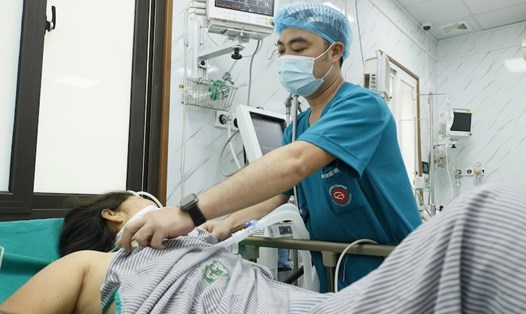The dangerous disease is quietly getting younger
Many people still mistakenly believe that stroke is a disease that only occurs in the elderly. However, reality shows that this disease does not leave anyone - including children. Currently, about 10% of stroke cases occur in young people and this number is on the rise.
Associate Professor, Dr. Mai Duy Ton - Director of the Stroke Center, Bach Mai Hospital - said that the Center has received many cases of young stroke patients, including children under 15 years old. A typical example is a 9-year-old boy who suddenly became paralyzed on one side while in school. Although the cat ngang chupement results did not detect any damage, the ultrasound image determined that the child had a cerebral infarction.
Another case was a 12-year-old girl in Phu Tho who was hospitalized 12 hours after showing signs of blurred vision - an unclear symptom that left the family subjective. The diagnostic results showed that the child had a cerebral aneurysm - a dangerous form of stroke.
According to Associate Professor Mai Duy Ton, among stroke patients admitted to the hospital, about 10% are young people under the age of 45, mainly due to cerebral hemorrhage or blockage of cerebral blood vessels. Worryingly, many young people lack knowledge and are subjective, making early detection and treatment difficult.
Doctor Nguyen Ngoc Uyen - Emergency Department, 108 Central Military Hospital said that recently, the unit has continuously received stroke cases, many of which are young patients with no medical history.
A typical case is Mr. D.V.D (45 years old, Hanoi), who suddenly fell into a coma after bathing late at night. The diagnostic results showed that the patient had a cerebral hemorrhage with a blood clot of up to 90cm3, forced to have surgery to open the skull to relieve the pressure to save his life.
Another case was Mr. N.X.K (42 years old, Hai Duong), who also had a sudden headache, gradually losing consciousness and fell into a deep coma right after bathing at night. Despite timely emergency care, the brain bleeding damage was so severe that the patient could not survive. Both are healthy people, without underlying medical conditions, but have suffered a severe stroke after being exposed to a sudden cold - a risk factor that is often overlooked in young people.
Early recognition - A chance to survive
Associate Professor, Dr. Mai Duy Ton said that the main reason is that young people are often subjective, rarely go for regular health check-ups and do not think they can suffer from diseases such as high blood pressure or diabetes - leading risk factors for stroke.
In addition, an unscientific lifestyle is also a worrying factor. Many young people regularly consume alcohol, eat fried foods, fast food, and abuse stimulants such as crystal meth, marijuana or e-cigarettes... These habits are silently destroying the health of blood vessels and the nervous system.
Stroke is often called a cerebral aneurysm. This is a condition of severe brain damage due to reduced blood supply to the brain, interruption causing the brain to lack oxygen and nutrients to fuel cells. In reality, there are two main types of stroke: clogged blood vessels that nourish the brain and cerebral bleeding (hemorrhage). Both types of complications depend on the severity of the damaged brain area and can lead to death in the short term.
Stroke can have two main forms: cerebral infarction (accounting for about 80%) and cerebral hemorrhage (20%). For young people, cerebral hemorrhage is often caused by blood vessel or artery aneurysm deformities. However, in any case, not being given emergency care during the "golden hour" - 4.5 hours after symptoms start - all reduce the ability to recover, even leading to disability or death.
According to Dr. Nguyen Ngoc Uyen, 3 important warning signs include mouth torsion, mouth angle when talking or smiling; Weakness in one hand or leg; Difficulty speaking, loudspeaking, unable to speak.
When the above signs appear, absolutely do not self-treat according to folk tips such as blood injections, lime... but need to call an emergency immediately to take the patient to the hospital to be able to treat the stroke as soon as possible. Young people need to learn to listen to their bodies, dont wait until its too late to see a doctor. If detected and handled promptly, the opportunity for recovery will always be there" - Associate Professor Mai Duy Ton emphasized.

